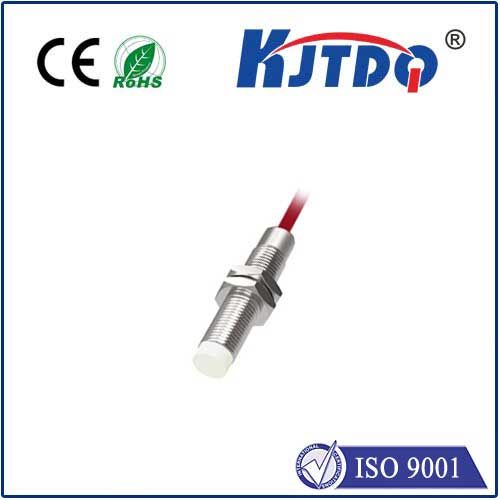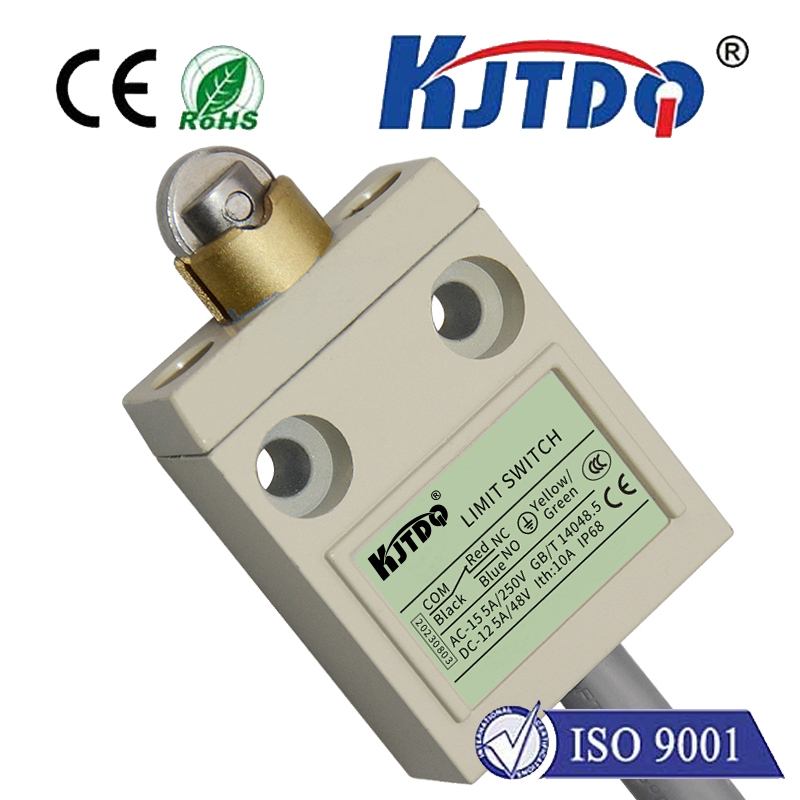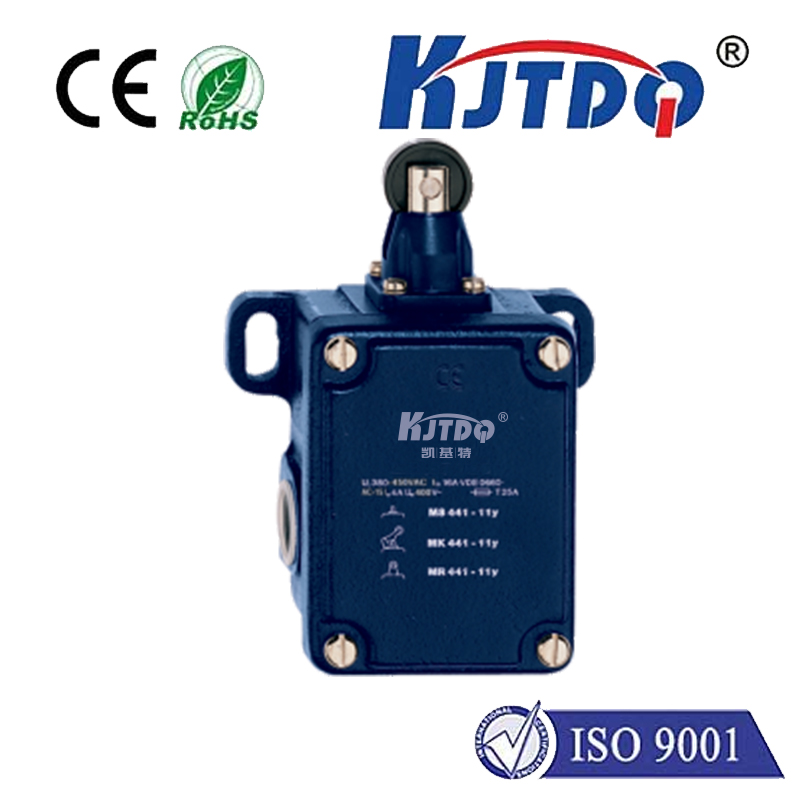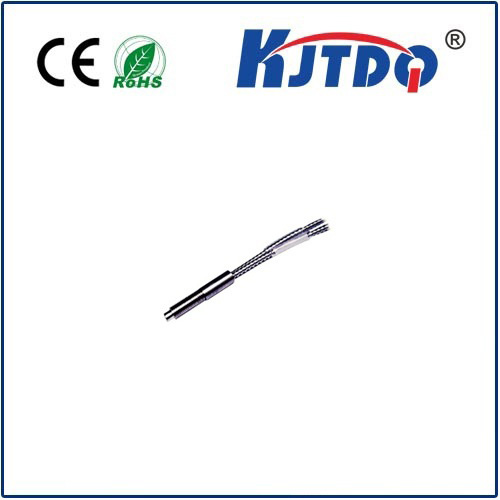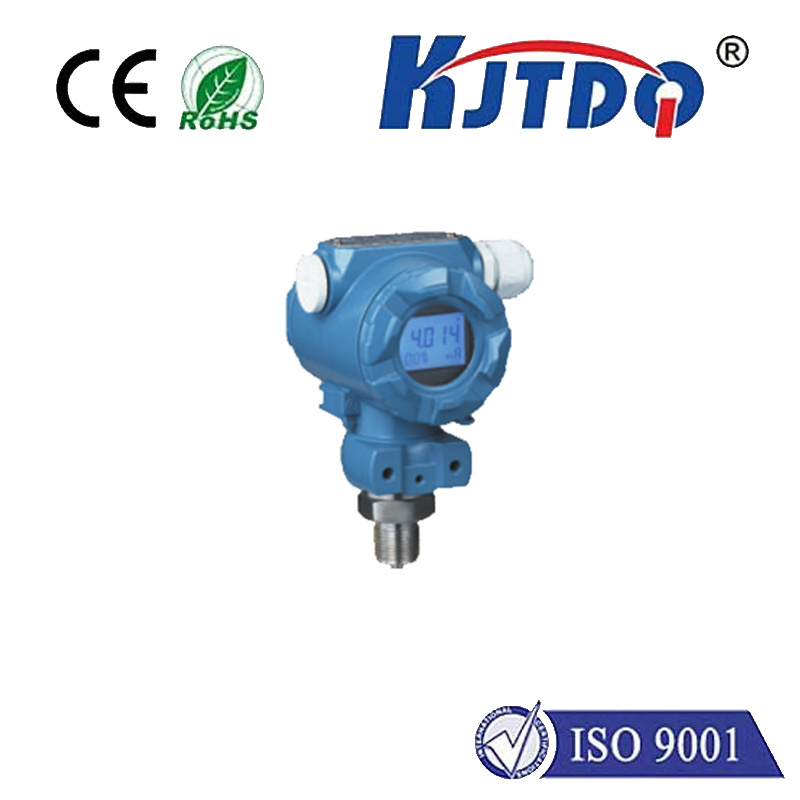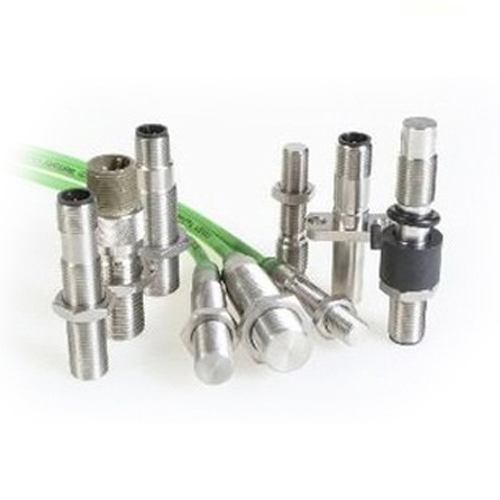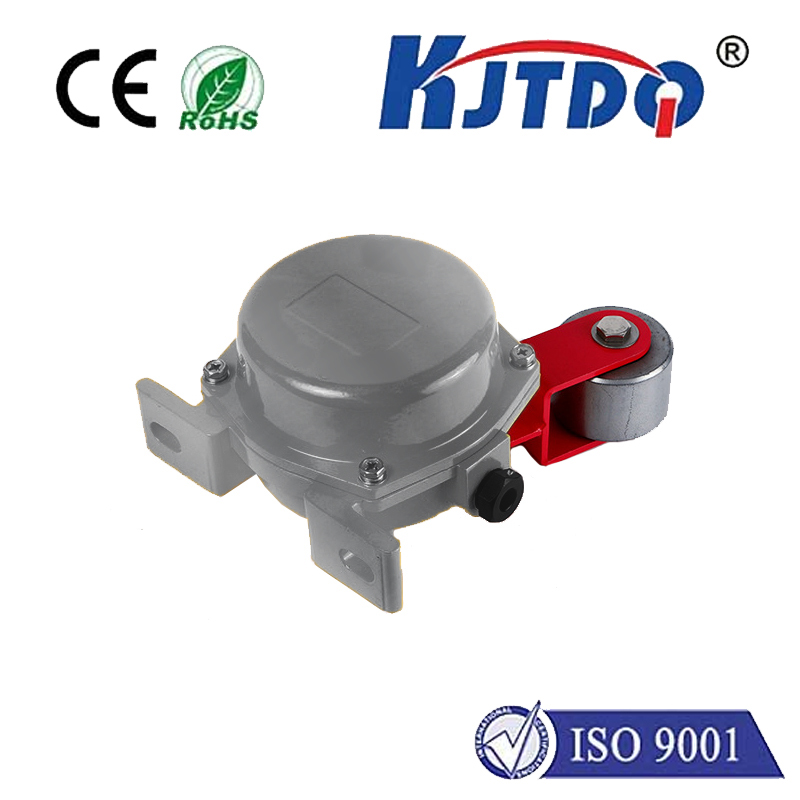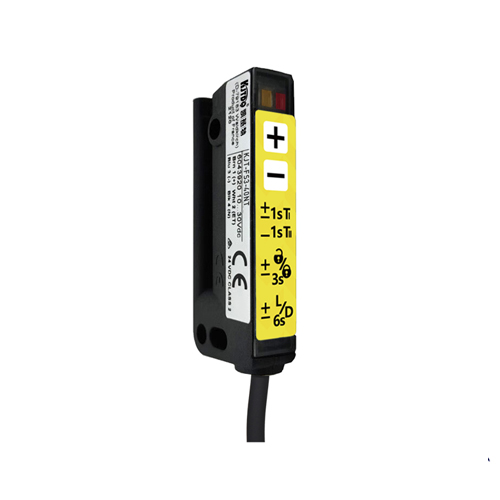

check

check

check

check

check

check
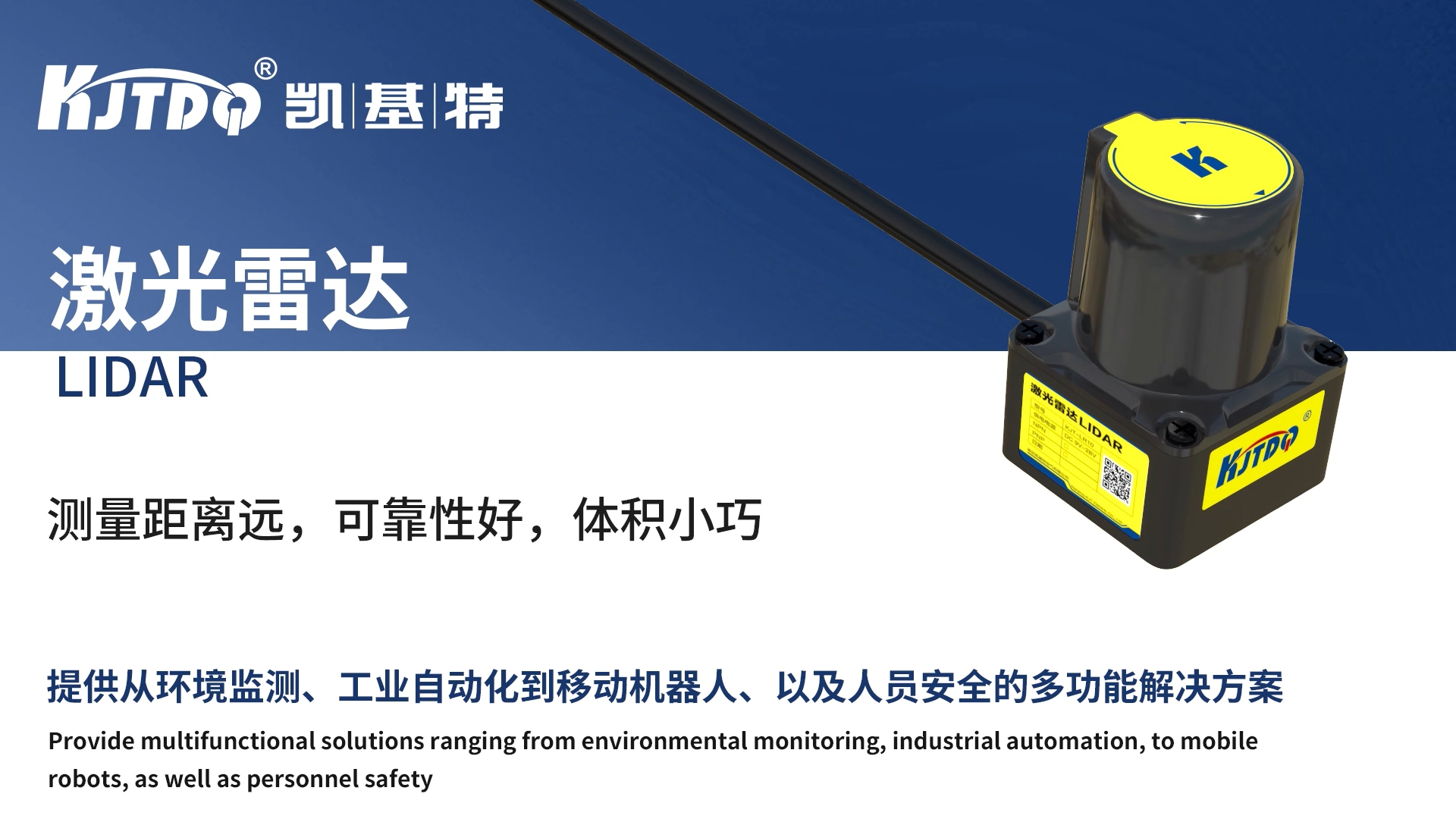
check

check

check

check
We’ve all been there. That crucial moment: you hit ‘Print’ for a lengthy report, a vibrant presentation, or photos from the weekend, only to be met with a frustrating error message, a blinking light, or worse – complete silence. Your printer seems to have hit an invisible wall. This is the realm of the printer limit – not a mythical barrier, but a very real set of constraints built into your office or home workhorse. Understanding these limits is key to smoother printing, fewer headaches, and protecting your investment.
Printers, whether sleek inkjets or robust laser workhorses, aren’t limitless machines. They are complex devices with defined physical and processing boundaries. Ignoring these boundaries leads to print failures, wasted time, and unnecessary wear and tear. Fundamentally, printer limits fall into several key categories:
Job Size & Complexity Limits: Printers have finite memory (RAM). Printing a massive document, especially one laden with high-resolution graphics, complex fonts, or intricate vector designs, can easily exceed this buffer. The result? Jobs get truncated, printouts are incomplete, or the printer simply refuses the task. Think of it like trying to pour an entire gallon of milk into a pint-sized glass; the overflow causes a mess. Similarly, complex PostScript or PCL commands needed for sophisticated layouts can overwhelm the printer’s processing engine.
Duty Cycle Limits: This is perhaps the most overlooked but critical constraint. Every printer has a specified duty cycle, usually expressed as a “recommended monthly page volume.” This isn’t just a suggestion; it’s an engineering specification reflecting the device’s designed endurance. Exceeding this limit consistently is like asking a compact car to tow a heavy trailer day after day – premature breakdowns are inevitable. Components like rollers, fusers (in lasers), and printheads wear out faster under sustained overload. Conversely, consistently printing far below the duty cycle can also cause issues, like ink drying in nozzles.
Physical & Media Limits: Printers are physical devices with specific tolerances. Key physical constraints include:

The High Cost of Ignoring Printer Limits
Pushing your printer beyond its capabilities isn’t just inconvenient; it has tangible downsides:
Strategies to Stay Within the Lines: Managing Printer Limits Effectively
Conquering printer limits is about awareness and smart management:
Know Your Machine: Consult your printer’s manual or specifications sheet. Understand its duty cycle, maximum recommended paper weight, standard input/output capacities, and memory configuration. This knowledge is your first line of defense.
Optimize Print Jobs:
Respect the Duty Cycle: Honestly assess your monthly printing volume. If you consistently print near or above your printer’s rated duty cycle, it’s time to consider a model built for heavier workloads. For printers used well below their cycle, run regular maintenance prints (like nozzle checks) to prevent drying issues.
Manage Media Wisely:
Conclusion: Working Smart, Not Just Hard
Your printer isn’t being stubborn; it’s operating within its designed parameters. By understanding the nature of printer limits – whether it’s memory constraints overwhelming complex jobs, exceeding the monthly duty cycle, or pushing paper weight boundaries – you shift from frustration to control. Implementing simple strategies like optimizing files, managing paper correctly, respecting volume restrictions, and keeping software current transforms printing from a gamble to a predictable, efficient process. Recognize the limits, plan around them, and your printer will reward you with greater reliability and a significantly longer, more productive life.
